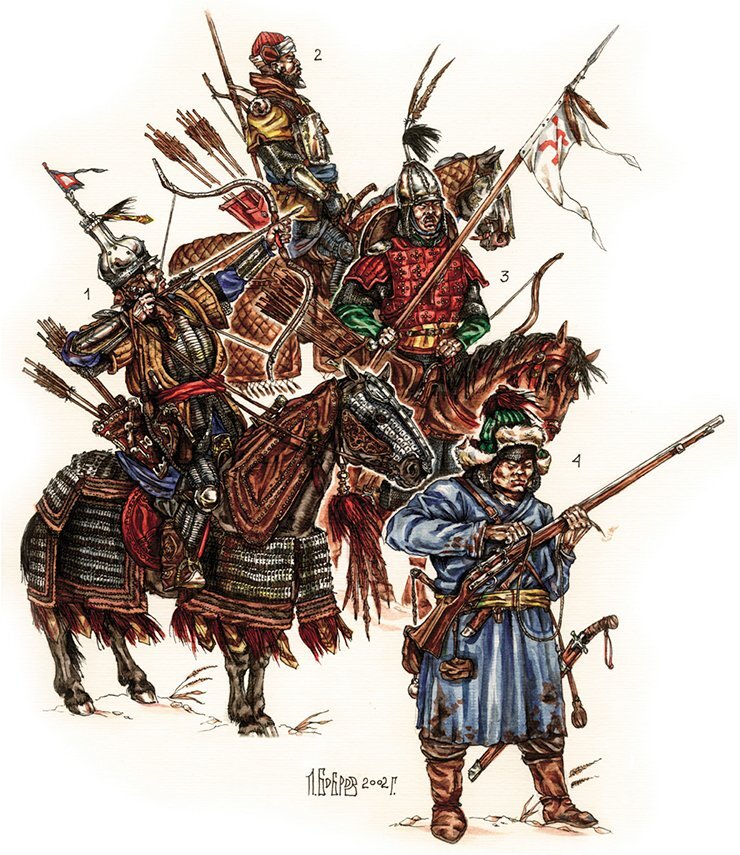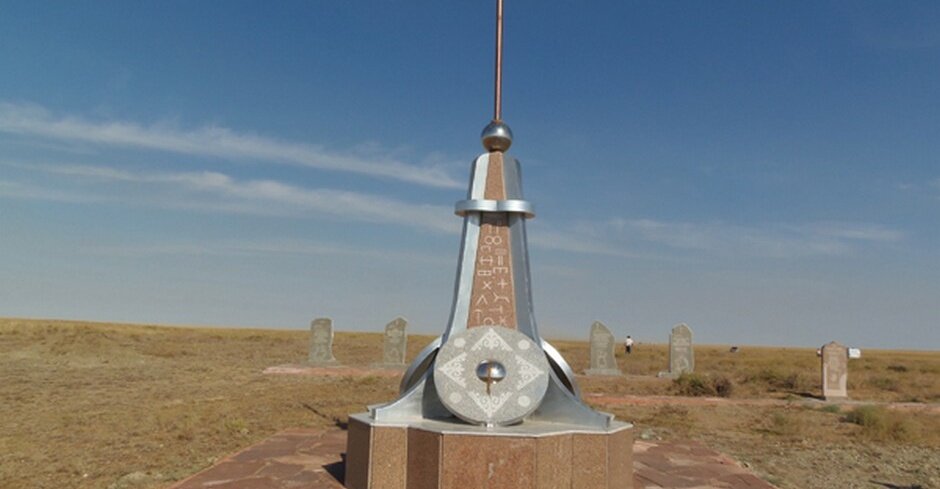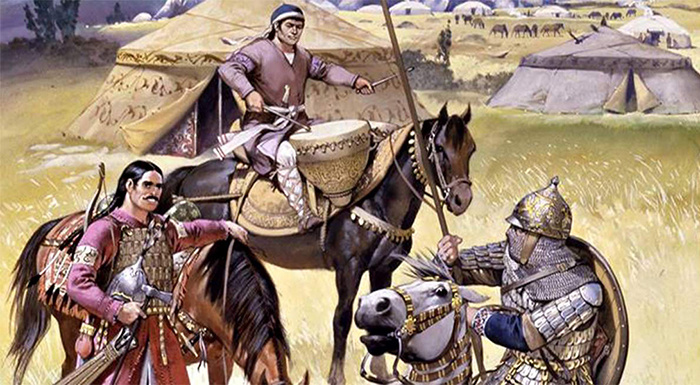It seemed that by the XVII century the Mongols were no longer a significant figure on the political map of the world: they were fragmented, deprived of necessary natural resources, moreover, their lands were now seriously claimed by the Manchus, but it was at this time, or rather, in 1635, the Western Mongols-Oirats created their own state, which made everyone remember the hordes of Genghis Khan.

Warriors of the Dzungarian Khanate.

Dzungarian Khanate at the time of its emergence.
The beginning of the history of the Dzungar Khanate lies in 1399, when Buryat taisha seized power in Mongolia and created the Oirat Khanate, by the XVI century fell victim to internal strife, but the Oirats sought to reunite and with a second attempt in 1635 they succeeded, a new Oirat state emerged, created by the tribal union of the Dzungars, formed by the beginning of the XVII century and inflicted a number of serious defeats on the battlefield to the Mongols proper. In 1640 the Dzungars decided to go the way of Genghis Khan, but for this purpose it was necessary to provide the rear and at the next kurultai the Steppe Code was adopted, which described in detail all the issues of life in the new state and declared the Gelug school Buddhism as the state religion. At the same time, the Kukunor Khanate in Tibet and the Kalmyk Khanate in the Volga region recognized themselves as vassals of the Dzungar Khanate, but between them and the Dzungars lay vast territories inhabited by other peoples, with whom the Dzungars knew what to do. The first victim of the Dzungars was Mogulistan in East Turkestan, whose wars with the Oirats had been going on since the 15th century, but unlike the earlier raids of scattered Oirat tribes, a single Dzungarian fist crushed Mogulistan with a guarantee, by 1679 it was wiped off the face of the earth, and East Turkestan was annexed to Dzungaria.

Ablaikit Monastery, built by the Dzungars on the lands of East Turkestan that they had reclaimed.
Having disposed of Mogulistan, the Dzungars decided to invade Kazakhstan, which led to a long and bloody war. Despite the military strength of the Dzungars, the Kazakhs fought with the fury of the doomed, holding back the conquerors, who outnumbered and outgunned them many times over, whose situation was aggravated by the war with the Qing Empire, which began at the same time, But in 1723 the emperor of China Kangxi died, which allowed the Dzungars to concentrate on Kazakhstan and Central Asia, it is no coincidence that the years 1723-1727 entered the memory of the Kazakh people under the name «Ak-taban shubrundy» — «The Year of Great Disasters». At the peak of their glory, the Dzungars devastated the entire territory of modern Kazakhstan, Kyrgyzstan and Uzbekistan and were seriously planning to invade Europe and the Middle East, but then the Kazakhs came to their senses and managed to unite their forces and in 1728 defeat the Dzungars in the Battle of Bulanti.

Monument at the site of the Battle of Bulanta River in 1728.
Having received a harsh rebuff in the west, the Dzungars had nothing else to do but to expand their possessions in the east at the expense of Khalkha-Mongolia and Tibet, the war for which with the Manchus flared up with renewed vigor and in which the Dzungars had certain successes, but the war of attrition they could not withstand and in 1757 became a victim of the Qing Empire, whose soldiers organized a mass genocide in Dzungaria.

Manchurian military camp in Dzungaria.
